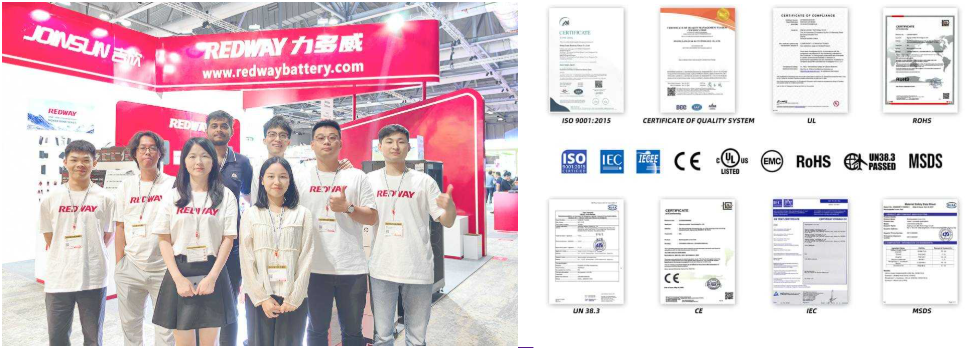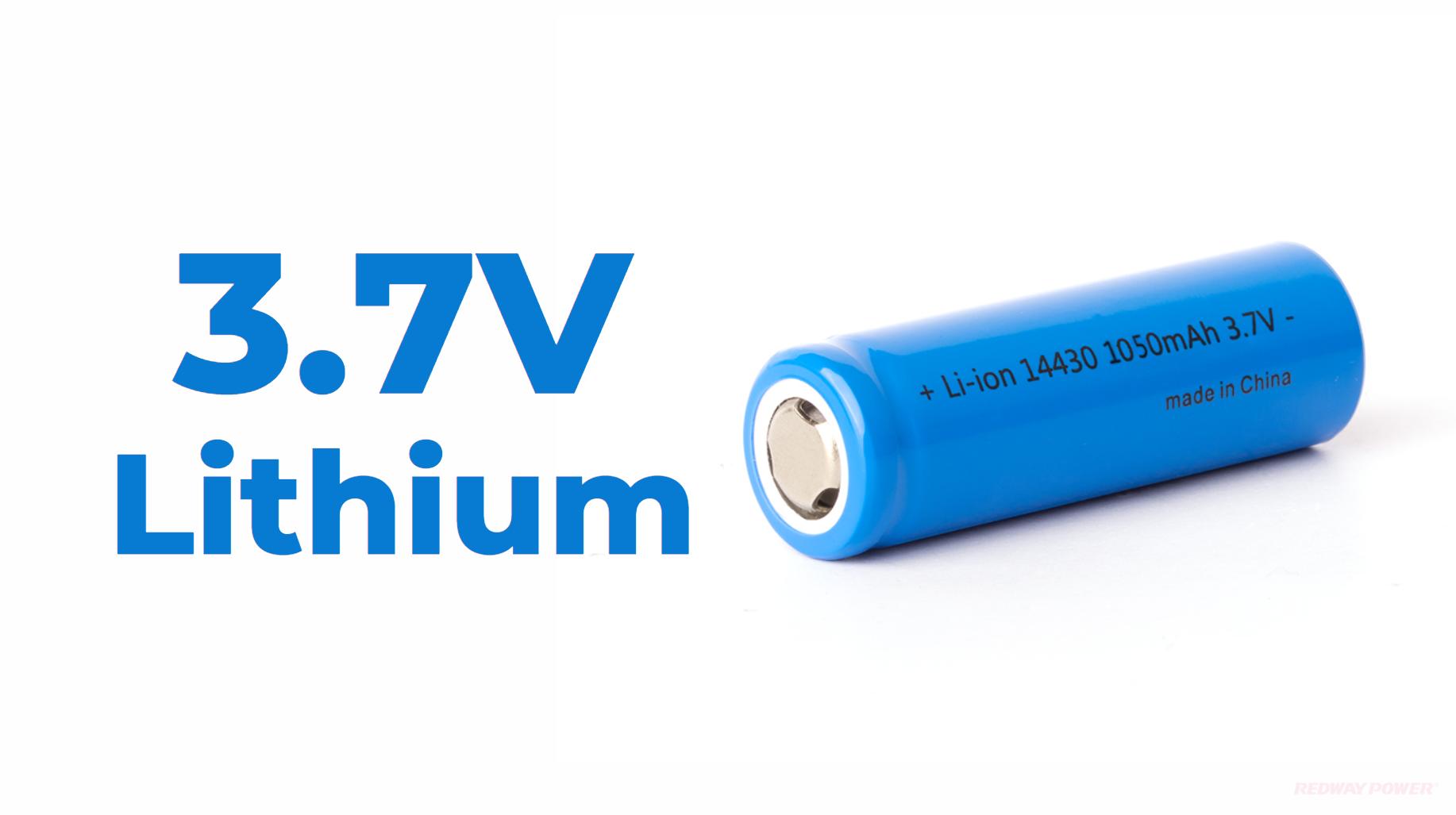The minimum voltage for a 3.7V lithium battery typically ranges between 2.5V and 3.0V to avoid damage and ensure safety. Operating below this range can cause irreversible capacity loss and reduced battery life. Maintaining voltage above this cutoff is critical for optimal performance, longevity, and safe battery operation in devices powered by lithium-ion cells.
What Is the Nominal Voltage of a 3.7V Lithium Battery?
A 3.7V lithium battery has a nominal voltage of approximately 3.7 volts, representing its average operating voltage during typical use. This voltage is not constant but rather a midpoint during charge and discharge cycles. The battery fully charges at about 4.2V and typically discharges down to around 3.0V or slightly lower before reaching the minimum safe threshold.
The nominal voltage allows users and devices to anticipate operational ranges and design circuitry accordingly, balancing power output and battery preservation. This nominal figure is key in distinguishing lithium-ion chemistry from other types like NiMH or lead-acid batteries.
How Low Can a 3.7V Lithium Battery Safely Discharge?
The safe minimum discharge voltage for most 3.7V lithium-ion batteries is about 2.5 to 3.0 volts per cell. Discharging below this cutoff can lead to capacity degradation, internal resistance increase, and potential battery failure. Battery management systems (BMS) typically cut off discharge near 3.0V to protect the battery from damage.
Some protection circuits allow slightly lower voltage cutoffs (~2.5V), but consistently discharging to these levels is not recommended for maintaining long-term health and safety. Redway Battery emphasizes adhering to these voltage limits to ensure durability and performance.
Why Is Maintaining Minimum Voltage Important for Lithium Batteries?
Maintaining the minimum voltage is crucial because over-discharging lithium batteries leads to chemical instability, potential capacity loss, and safety hazards like swelling or short circuits. Operating within the specified voltage range ensures efficient energy delivery and prolongs the battery’s life cycle.
By preventing voltage from falling below the cutoff, manufacturers like Redway Battery preserve battery chemistry integrity and protect users from performance drops or device malfunctions. Proper voltage maintenance also supports battery warranty and reliability.
Which Factors Influence the Minimum Voltage Threshold?
Several factors affect minimum voltage thresholds, including battery chemistry (Li-ion vs. LiFePO4), battery age, temperature, discharge rate, and built-in protection circuits. LiFePO4 cells have a slightly lower nominal voltage (~3.2-3.3V) with different cutoff voltages than lithium-ion cells.
Temperature extremes can cause voltage fluctuations, sometimes triggering premature cutoff. Higher discharge currents strain the battery and may lower the voltage temporarily due to internal resistance. Redway Battery designs their packs with these variables in mind for optimized performance.
When Should You Recharge a 3.7V Lithium Battery?
It is best to recharge a 3.7V lithium battery when its voltage approaches the recommended minimum cutoff, around 3.0V, to avoid deep discharge. Charging at or before this point maintains battery health and prevents capacity loss.
Frequent shallow discharges and timely recharges also extend cycle life. Avoid storage at full discharge, as batteries deteriorate faster when left at low voltages. Redway Battery advises regular monitoring and charging practices suited to your battery’s application.
How Does Over-Discharging Affect Battery Performance and Safety?
Over-discharging pushes the cellular voltage below safe limits, causing irreversible chemical changes that degrade capacity and increase internal resistance. It may trigger heat generation, swelling, or even safety failures like thermal runaway in extreme cases.
Battery protection circuits mitigate this risk by cutting power when voltage drops too low, but damage may occur if ignored. Redway Battery builds reliable BMS systems to prevent over-discharge while maximizing usable capacity.
Can Minimum Voltage Vary Across Different Lithium Battery Types?
Yes, minimum voltages vary notably between lithium-ion chemistries. For example, lithium polymer and lithium-ion batteries generally have minimum cutoffs near 3.0V, whereas LiFePO4 batteries typically discharge safely to about 2.5V.
Redway Battery specializes in LiFePO4 batteries for industrial applications, where the lower cutoff voltage and enhanced thermal stability make them preferable for heavy-duty use. Understanding these distinctions aids in selecting batteries tailored to specific needs.
What Are the Typical Voltage Ranges for Charging and Discharging?
Fully Charged Voltage: ~4.2V for Li-ion and 3.6-3.65V for LiFePO4
Nominal Voltage: ~3.7V for Li-ion and ~3.2-3.3V for LiFePO4
Minimum Discharge Voltage (Cutoff): 2.5V to 3.0V, depending on type and protection settings
| Battery Type | Charge Voltage | Nominal Voltage | Min Discharge Voltage (Cutoff) |
|---|---|---|---|
| Li-ion / LiPo | 4.2V | 3.7V | 3.0V |
| LiFePO4 | 3.65V | 3.2-3.3V | 2.5V |
This range informs battery management, ensuring safe charge and discharge cycles.
How Does Redway Battery Ensure Voltage Safety and Performance?
Redway Battery leverages over 13 years of expertise and advanced MES production to deliver lithium battery packs with precise voltage control, robust BMS, and quality components. Custom OEM solutions integrate protective cutoffs preventing undervoltage, balancing cells for uniform performance, and supporting extended battery life.
By focusing on safety, durability, and voltage integrity, Redway Battery guarantees high-performance packs ideal for forklifts, golf carts, solar storage, and other demanding uses.
Where Can You Monitor and Manage Battery Voltage?
Monitoring occurs through integrated BMS which tracks each cell’s voltage, temperature, and current, triggering alerts or cutoffs if thresholds breach. This system is vital in multi-cell packs to avoid imbalance or deep discharge damage.
Advanced BMS options from Redway Battery also support remote diagnostics, ensuring users can proactively maintain voltage levels for optimal battery health and device reliability.
Could Using Batteries Below Minimum Voltage Cause Device Damage?
Yes, operating devices on lithium batteries below their minimum voltage can cause erratic behavior, poor performance, or permanent battery damage. Voltage drops compromise power delivery, potentially affecting sensitive electronics.
Manufacturers like Redway Battery engineer battery packs with safeguards to prevent such risks, advising users to respect voltage limits for safe, stable device operation.
Redway Battery Expert Views
“At Redway Battery, understanding voltage thresholds is paramount to delivering reliable lithium batteries that power industries and lifestyles safely. Our extensive experience in LiFePO4 and lithium-ion chemistries enables precise voltage control that safeguards battery integrity and user trust. By combining advanced battery management systems with rigorous quality protocols, we ensure every Redway pack meets the exacting demands of high-performance applications—protecting batteries from over-discharge, elevating efficiency, and extending lifespan. Our mission is to empower clients worldwide with robust, customized energy solutions that optimize voltage usage sustainably and safely.”
Conclusion
The minimum voltage for a 3.7V lithium battery is essential to maintain for safety, longevity, and efficiency. Typically set between 2.5V and 3.0V depending on battery chemistry and design, this cutoff protects batteries from damage. Proper charge and discharge practices, supported by advanced BMS and monitoring, safeguard performance. Redway Battery exemplifies industry-leading standards in ensuring precise voltage management and durable lithium battery solutions. Following these guidelines extends a battery’s lifespan and ensures secure, reliable power for various applications.
FAQs
Q1: What happens if a 3.7V lithium battery discharges below 2.5V?
It risks irreversible damage, capacity loss, and safety hazards like swelling or overheating.
Q2: Can all lithium batteries discharge to the same minimum voltage?
No, LiFePO4 batteries typically have a lower cutoff (~2.5V) than lithium-ion (~3.0V).
Q3: How can I monitor my battery’s voltage effectively?
Using a battery management system (BMS) or voltage meter designed for lithium cells.
Q4: Does discharging to the minimum voltage affect battery cycle life?
Yes, regular deep discharge shortens cycle life compared to shallow discharge patterns.
Q5: How does Redway Battery support custom voltage requirements?
Through OEM/ODM services providing tailored BMS and voltage protection for varied applications.






